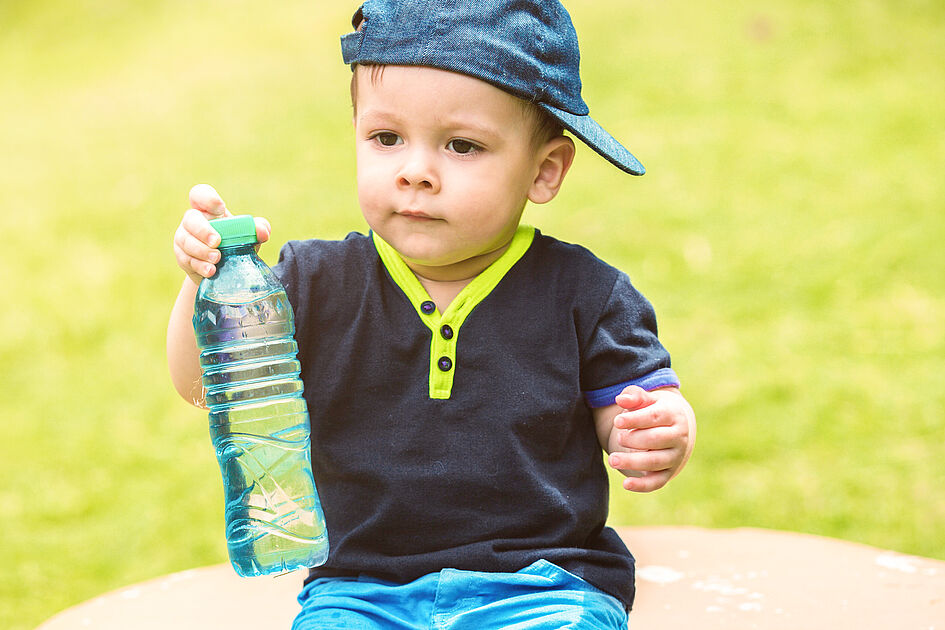
Microbiota Development
Taking care about the gut microbiota, even before birth, contributes to a lifelong benefit.
The information on this part of the website is intended only for health care professionals.I am an expert within the meaning of Act No. country xy. I herewith confirm that I am a professional according to this definition.
Unfortunately, as you are not a health care professional we cannot provide you this information.

Up to 30 percent of children are affected by constipation at some point. Since most cases show a lack of organic cause, they are often diagnosed as functional constipation.
Problems with constipation can begin at different times in a child’s life. However, approximately 40 percent of children with functional constipation develop symptoms during their first year, often during the transition from breast milk to milk powder formula, or during the introduction of solid food. Other children develop symptoms during potty training, between two to four years of age. Researchers now believe functional constipation might be linked to gut dysmotility and a disturbance in the microbiota.


If a child younger than four years of age displays two or more of the following constipation symptoms in one month, parents should seek medical advice:
While a bout of constipation is normal once in a while, if it lasts for two weeks or more, it could be chronic, and pa- rents should consult their doctor.

Food is most often given the blame when it comes to constipation in babies and toddlers. Constipation is fairly uncommon during the “liquid only” phase if the little one is getting enough fluids.If a baby’s stool isn’t soft, this could be a sign of a milk-protein allergy. Then it’s time to look at the mum’s diet – one solution could be to skip dairy during the breastfeeding period. Formula-only babies have a higher risk of constipation – the formula could be a challenge for their developing digestive system or could also trigger a milk-protein allergy. | A baby’s stool will naturally change in consistency and frequency when they begin eating solid food. If they suffer from constipation during this phase, increasing their intake of water, tea or other non-sweetened liquids could activate the digestive tract and provide relief. High-fibre foods such as plums could also help get things moving. New research shows that probiotics, such as Limosilactobacillus reuteri Protectis, could also re-balance the intestinal flora and support the child’s body in getting their bowel movements back to normal. Parents should see a paediatrician if they are feeling uncertain and should not use laxatives unless advised to do so by a doctor. |

Taking care about the gut microbiota, even before birth, contributes to a lifelong benefit.

If a child is suffering from diarrhoea or vomiting, they should only take medication if prescribed by a doctor. However, parents can take steps to restore the balance in the little one’s intestinal flora by supplementing with BioGaia drops or tablets.

Despite being quite common in small babies, there is still a lot of ambiguity around infant colic. Read on to find out more about this condition.